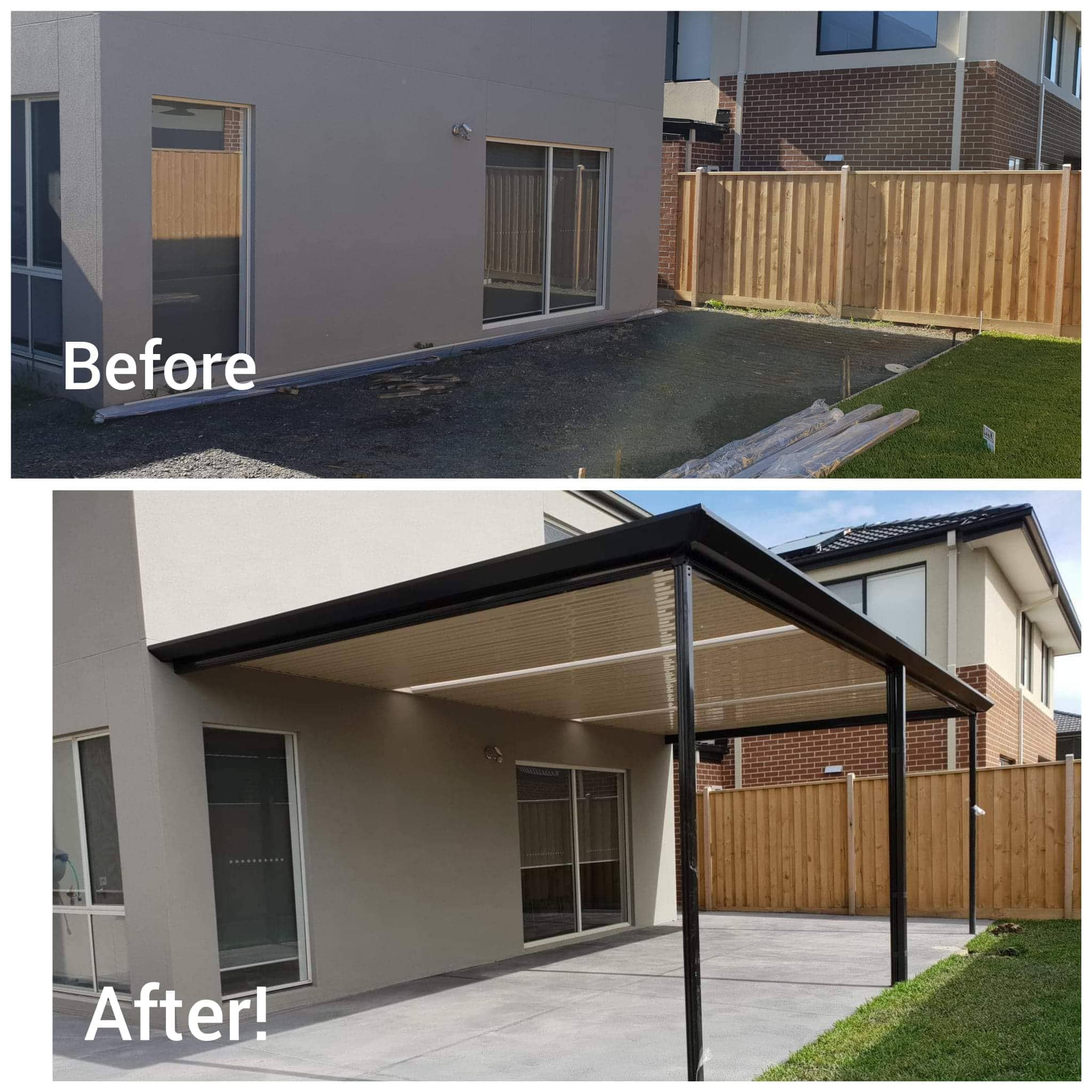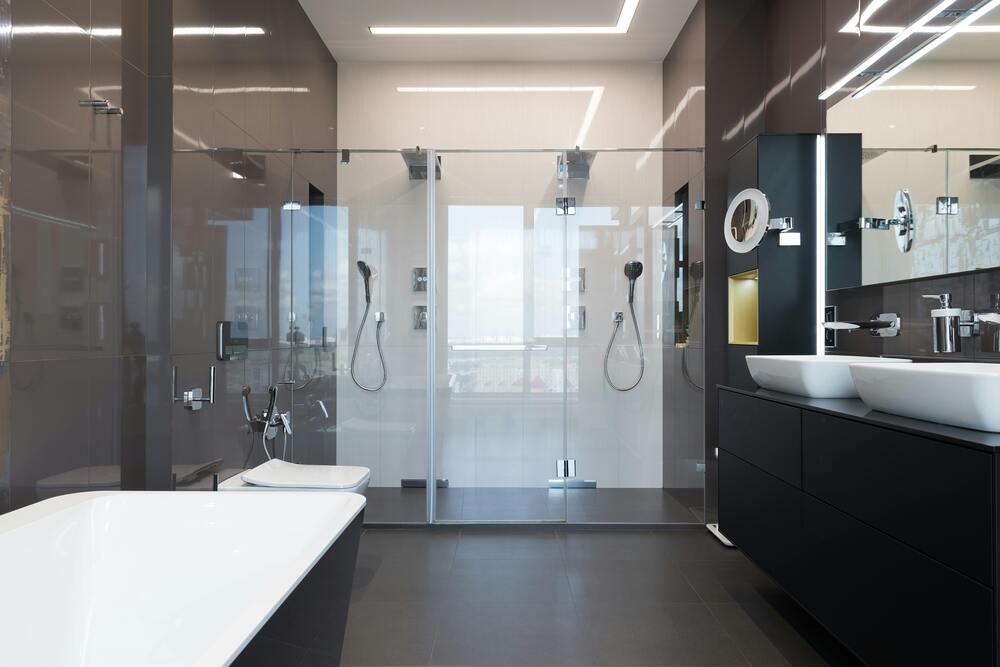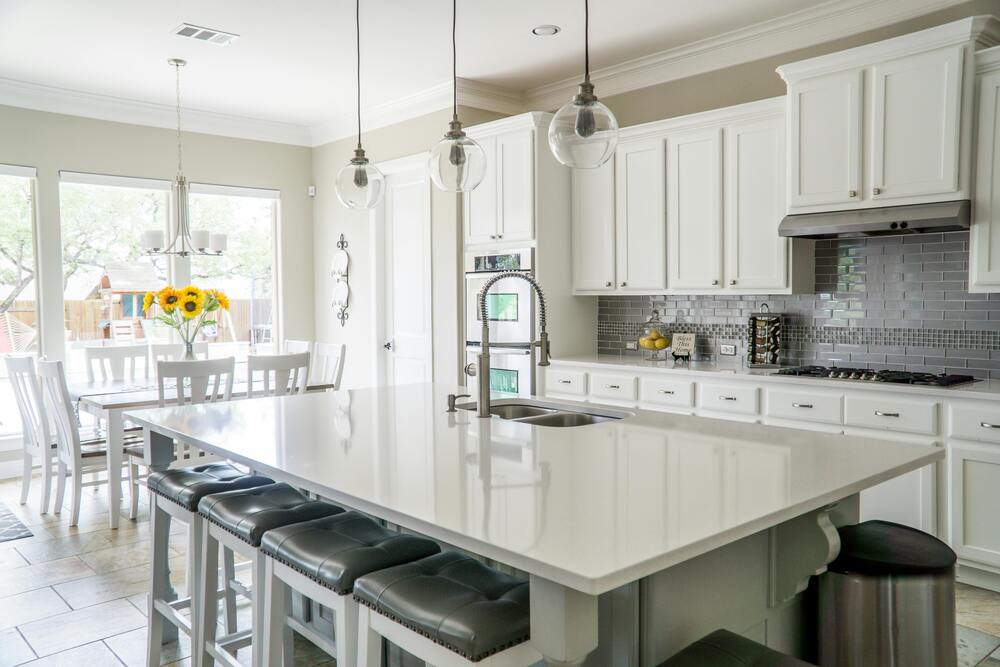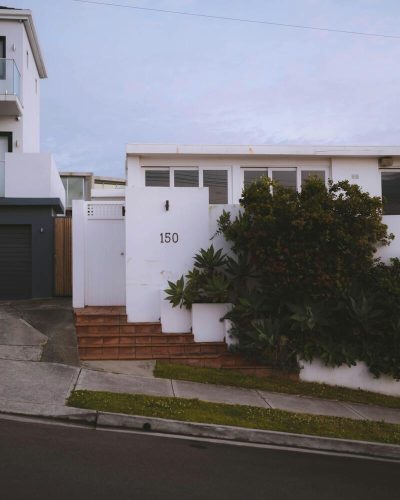Renovating a house is exciting but can also be overwhelming, especially when it comes to costs. Homeowners often wonder which part of a renovation eats up the budget the most. While expenses vary depending on the project, there are certain areas that almost always demand the biggest financial investment.
In This Blog You’ll Learn:
- What typically costs the most during a home renovation
- Why kitchens are the priciest room to upgrade
- The real costs of bathroom renovations and extensions
- How labour and materials impact your budget
- Hidden expenses and unforeseen issues to watch for
- Tips to manage renovation costs effectively

Understanding Renovation Costs
Before diving into the most expensive aspect, it’s worth noting that renovation costs depend on several factors: the size of your home, location, age of the property, and the quality of finishes you choose. A small-scale renovation might cost tens of thousands, while a full-house transformation can stretch into the hundreds of thousands.
Labour, permits, materials, and unexpected structural issues all play into the final bill. That said, some parts of the house are almost guaranteed to take a larger slice of your budget.

Kitchens: The Heart (and Wallet) of the Home
For most Australian homeowners, the kitchen is the single most expensive room to renovate. Why? Because it combines complex systems—plumbing, electrical, cabinetry, and appliances—into one functional and stylish space.
- Cabinetry and Joinery – Custom-built cabinets tailored to your kitchen layout can cost tens of thousands of dollars. Even prefabricated options add up once you factor in installation.
- Appliances – Modern ovens, cooktops, dishwashers, and rangehoods can be a significant investment, especially if you opt for energy-efficient or high-end brands.
- Benchtops and Splashbacks – Materials like stone, marble, or engineered quartz offer durability and visual appeal but come at a premium.
- Plumbing and Electrical Work – Moving sinks or installing new lighting requires licensed trades, adding more to the total cost.
On average, a kitchen renovation in Australia can range between $15,000 for a budget-friendly upgrade to over $50,000 for a luxury design.
Bathrooms: Small Rooms, Big Costs
Second only to the kitchen, bathrooms are another major budget driver. Despite their smaller size, bathrooms involve waterproofing, tiling, plumbing, and specialised fittings, which make them costly.
- Waterproofing – This step is non-negotiable. Done incorrectly, it can lead to leaks and structural damage, which are expensive to repair.
- Tiles – Floor-to-ceiling tiling may look stunning, but it increases labour and material costs significantly.
- Fixtures and Fittings – Showers, bathtubs, vanities, and toilets vary in price, with luxury options easily pushing up costs.
- Trades – Like kitchens, multiple trades are involved, from plumbers to electricians to tilers, which adds to labour expenses.
An average bathroom renovation can range from $10,000 to $30,000, with high-end bathrooms costing $50,000 or more.

Structural Changes and Extensions
If your renovation includes knocking down walls, adding rooms, or extending the property, prepare for significant expenses. Structural work requires engineers, council approvals, and often hidden surprises like outdated wiring, asbestos, or unstable foundations.
- Demolition – Removing walls or structures isn’t just about knocking things down—it requires careful planning and safety compliance.
- Foundations and Framing – Extending a property often involves laying new foundations, one of the most expensive construction tasks.
- Permits and Approvals – Local council approval can add both time and money to your project.
Extensions can cost anywhere from $1,500 to $3,000 per square metre, depending on materials and design complexity.
Labour: The Hidden Giant
While homeowners often focus on materials, labour is one of the largest expenses in any renovation. Skilled tradespeople—plumbers, electricians, carpenters, painters—charge rates that reflect their expertise and the licensing required for safe work.
Hiring the right professionals ensures quality and safety, but it’s important to budget realistically. Cutting corners on labour can lead to poor workmanship, which may cost more to fix in the long run.
High-End Finishes and Materials
Another factor that pushes up renovation costs is the desire for premium finishes. Imported tiles, natural stone benchtops, hardwood flooring, and designer lighting fixtures can transform a space but dramatically increase the total spend.
A simple bathroom upgrade might double in cost if you choose marble tiles instead of ceramic. Similarly, engineered flooring might be half the price of solid timber but achieve a similar look.
Unforeseen Costs
No renovation goes 100% according to plan. Older homes especially may hide surprises such as asbestos, outdated wiring, or water damage behind walls. These discoveries often require urgent attention and can quickly escalate costs. Experts recommend setting aside at least 10–20% of your total budget as a contingency fund.
The Most Expensive Thing: Kitchens Take the Crown

When comparing all areas, the kitchen consistently ranks as the most expensive part of renovating a house in Australia. This is because it combines high material costs with complex trades and must balance both form and function.
However, the “most expensive” part for you might differ. If you’re adding an extension, structural changes may cost more than your kitchen. If you’re chasing luxury finishes throughout, your flooring or fixtures could be the big-ticket items.
How to Manage Renovation Costs
While renovations are costly, there are strategies to keep your budget in check without compromising on quality:
- Plan Ahead – Detailed planning reduces costly changes mid-project.
- Set Priorities – Decide where to splurge (e.g., kitchen benchtops) and where to save (e.g., paint colours).
- Get Multiple Quotes – Comparing quotes from trades ensures you’re paying fair rates.
- Choose Materials Wisely – Look for alternatives that deliver the same look for less.
- Work with Professionals – Engaging reliable services, like Jim’s Handyman, ensures the job is done right the first time, reducing the risk of costly rework.
Conclusion
When renovating, the kitchen usually claims the title of the most expensive area, closely followed by bathrooms and structural changes. Careful planning and professional help make all the difference. For expert, reliable assistance with your next renovation, Jim’s Handyman is here to bring your vision to life—within budget.

